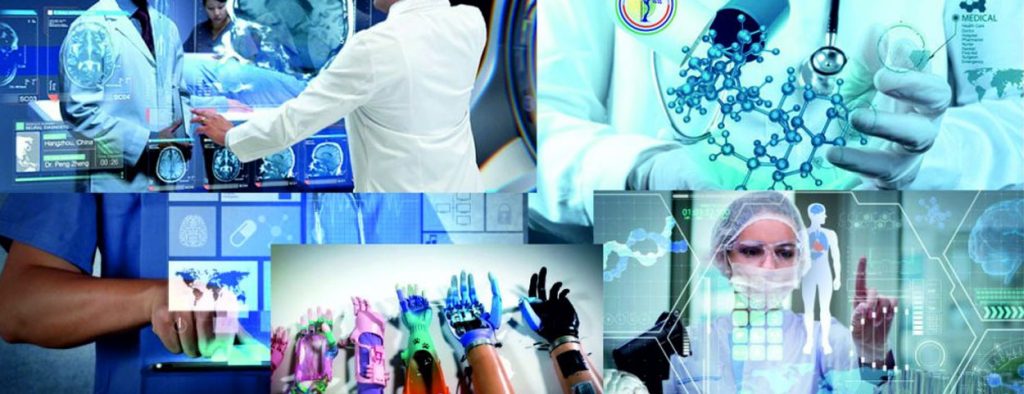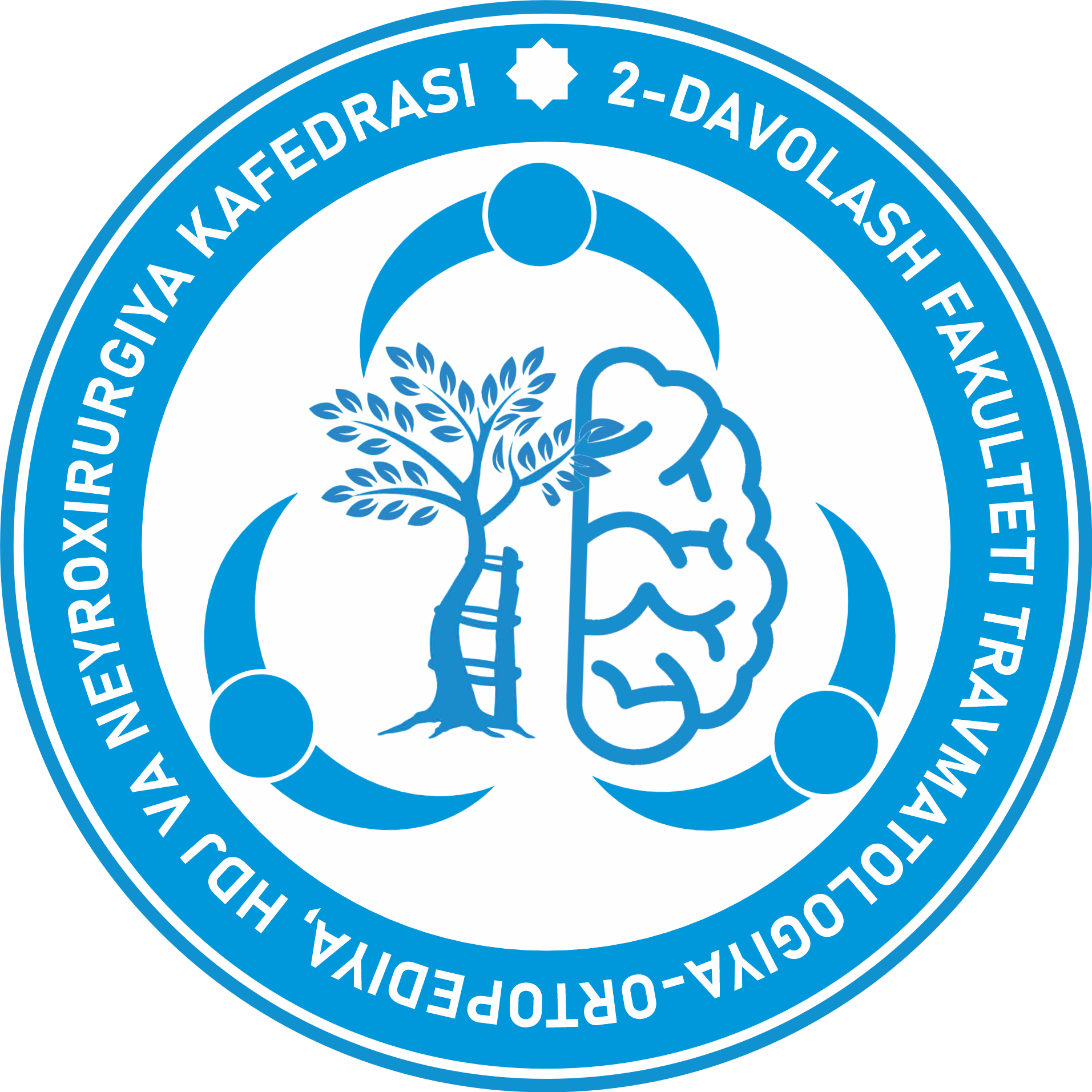

Scientific topic of the department:
“Development and implementation of new effective methods of diagnosis, treatment, prevention of musculoskeletal and neurosurgical diseases in the republic, taking into account the epidemiological situation”
Objective: To improve the diagnostics and improvement of complex methods of treatment of musculoskeletal and neurosurgical diseases and their introduction into public health practice.
The urgency of this problem is connected with the study of various aspects of musculoskeletal neurosurgical diseases, which make it possible to provide adequate medical care for patients, reduce disability and mortality, and solve socio-economic consequences associated with musculoskeletal and neurosurgical diseases.
Currently, the main areas for this goal are:
Injuries of the limbs.
The urgency of the problem. The search for the most effective methods of treatment of long bone fractures is an important problem of modern traumatology, as the number of patients with damage to the musculoskeletal system increases every year. The growth of injuries is explained by the rapid scientific and technical progress leading to the acceleration of the rhythm and pace of life, the increase and complication of equipment and vehicles, the development of the machine-building industry in the Republic and the further industrialization of agricultural production. According to Ter-Egiazarov G.M. (1990), Kadirov M (1998), Usmankhanov OA (1998), Shukurov EM (1998) in major traffic accidents and natural disasters, the proportion of patients with combined and multiple injuries reaches up to 38% of numbers affected.
Recently, the severity of limb injuries has increased, and the percentage of open fractures with extensive soft tissue injuries (18.10%), vessels and nerves accompanied by a head injury and damage to internal organs has increased. It should be noted that in this category of children there is a large percentage of unsatisfactory outcomes and complications after the application of traditional methods of treatment and disability is quite high. by scientists.
It is necessary to develop purely clinical criteria for individual dosing of functional loads of the damaged limb segment, as well as fixatives that constructively contain the ability to control the stiffness of hardware immobilization of fragments, which would allow for specific children with their individual characteristics of repair and type of damage to control functional loads on the regenerate in the fracture zone, keeping them at the upper limit, necessary for stimulation, and not allowing th damaging effects.
The goal of this study is to clinically improve the treatment systems of victims with diaphyseal, open fractures of the long bones, including those with multiple and associated injuries.
Spinal neurosurgery. In spinal neurosurgery, one of the leading places among neurological and neurosurgical diseases is lumbar osteochondrosis. In Uzbekistan, 15,000 people need surgical treatment. Engaged in the development of the method of interpeduncular fixation of the spine. Developed their own versions of the locking systems based on the body of the vertebrae. Fixing systems are designed to support the vertebral bodies from the posterior approach with an interpeduncular screw insertion method.
Traumatic brain injury. About 120 thousand craniocerebral injuries are recorded annually in Uzbekistan, of which 6-9% conduct surgical interventions for brain compression. Every year, up to 10 thousand victims die of head injury. Indicators of the frequency of mortality and disability in severe traumatic brain injury indicate the need to improve the diagnosis and treatment. The problem of optimal timing of surgery and the volume of early surgery remains unresolved. Therefore, the study of the mechanical properties of brain tissue in severe traumatic brain injury is an important task.
Neurooncology. A promising direction of research is to improve the diagnosis of cystic formations at the preoperative stage and their differentiation, the use of a low-impact method of surgical treatment (puncture, drainage), and then after stabilization of the patient’s condition, removal of the solid part of the tumor. This will significantly improve the outcomes of surgical treatment of patients with cystic formations of the brain.
Pediatric neurosurgery. The results of the study contribute to improving the quality of diagnosis and treatment through a differentiated approach to the use of adequate surgical and conservative methods in the acute period and rehabilitation therapy in the intermediate and remote periods of traumatic brain injury. As a result of research, the efficiency of treatment of patients with severe head injury will increase, mortality is reduced, the principles of surgical and conservative treatment of patients are clarified. Standardization of patients according to severity and prognosis will allow differentiating the tactics of surgical treatment, improving treatment outcomes.
Injuries and diseases of the peripheral nervous system. The leading etiological factor of the trigeminal neuralgia syndrome is compression of the parastolic root of the trigeminal nerve with vascular structures, usually represented by excessively developed loops of the arterial vessels and much less often by veins, aneurysms and arterio-venous malformations. A more modern method of surgical treatment of trigeminal neuralgia is microvascular decompression of the V nerve in the brain stem with the elimination of the vascular nerve conflict.
Minimally invasive neurosurgery. Repeated surgeries with endoscopic methods are reduced from 19-20% of traditional methods to 3%. Mortality associated with the use of this method is missing. Endoscopic neurosurgery for brain hydrocephalus in children, compares favorably with the existing methods of treatment of this pathology. The cost of treatment when using endoscopic methods in children with hydrocephalus is reduced by 70%. 60-65% of sick children achieve stabilization of the process and 52% cure, which is incomparable with traditional methods, where these numbers are much worse.



